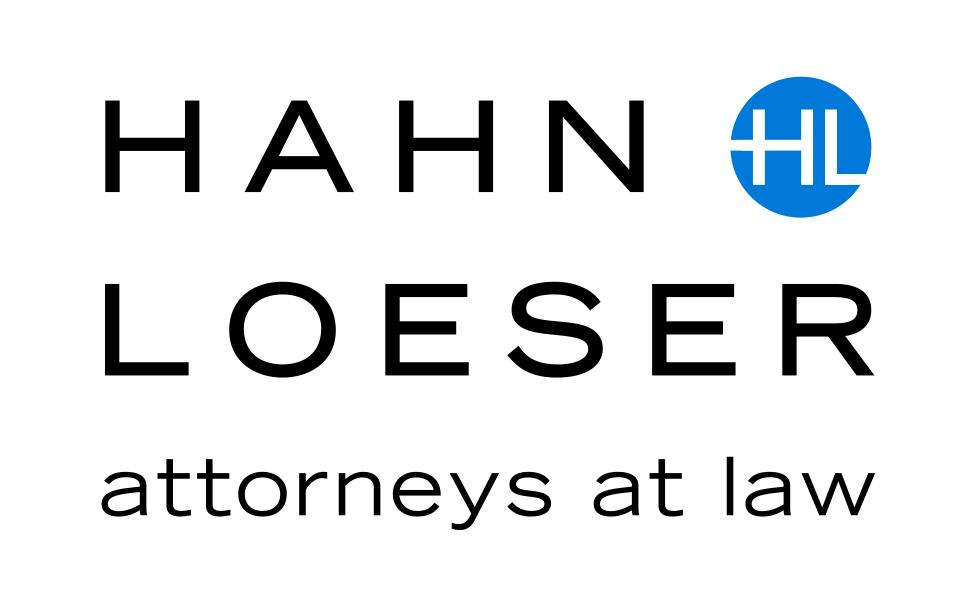On March 18th, Congress sent to President Trump, and President Trump signed into law, the Families First Coronavirus Response Act (the “Act”). The Act addresses many topics relating to COVID-19 Disease 2019 (“COVID-19”), including amendments to the Family and Medical Leave Act (“FMLA”) and creation of national emergency paid sick leave.
Amendment of FMLA
The Act amends the FMLA to require that employers with fewer than 500 employees and covered public-sector employers provide for up to 12 weeks of job-protected leave for employees who are unable to come to work (including telework) due to the need to care for a son or daughter under 18 years of age of the employee if the school or place of care has been closed, or the child care provider of the employee’s son or daughter is unavailable due to an emergency related to COVID-19 declared by a federal, state or local authority.
The first 10 days of public emergency health leave is unpaid unless an employee elects to substitute paid leave. Notably, the employer may not require an employee to substitute paid leave. After 10 days, public emergency health leave is required to be paid, generally at a rate no less than two-thirds of the employee’s regular rate for the hours the employee would otherwise normally be scheduled to work. The bill caps the amount required to be paid at $200 per day and $10,000 in the aggregate.
Public emergency health leave is available to employees who have been employed for at least 30 calendar days with the employer from whom leave is requested. The Secretary of Labor has the authority to issue regulations which exclude certain health care providers and emergency responders from the definition of eligible employee, and to exempt small businesses with fewer than 50 employees when providing the leave would jeopardize the viability of the business as a going concern. Employers, themselves, may exclude employees who are health care providers or emergency responders from the public emergency health leave entitlement.
Like other types of leave under the FMLA, employees returning from public emergency health leave must be restored to their prior positions (or an equivalent). The bill includes an exception to this job protection requirement for employers with fewer than 25 employees, if the employee’s position no longer exists following leave due to operational changes caused by a public health emergency during the period of leave.
This expansion of FMLA leave takes effect upon enactment of the law and expires on December 31, 2020.
Emergency Paid Sick Leave
In addition to amending the FMLA, the Act requires employers with fewer than 500 employees and covered public-sector employers to provide paid sick leave to employees who are unable to work (or telework) for any of the following reasons:
- The employee is subject to a federal, state or local isolation order related to COVID-19;
- The employee has been advised by a health care provider to self-quarantine due to concerns related to COVID-19;
- The employee is experiencing symptoms of COVID-19 and seeking a medical diagnosis;
- The employee is caring for an individual who is subject to a federal, state or local isolation order related to COVID-19 or has been advised by a health care provider to self-quarantine due to concerns related to COVID-19;
- The employee is caring for their son or daughter if the school or place of care of the child has been closed or the child care provider is unavailable due to COVID-19 precautions; or
- The employee is experiencing any other substantially similar condition specified by the Secretary of Health and Human Services in consultation with the Secretary of the Treasury and the Secretary of Labor.
Unlike public emergency health leave, employees are immediately eligible for paid sick leave, regardless of the length of employment. Like public emergency health leave, employers may exclude employees who are health care providers or emergency responders.
Full-time employees are entitled to 80 hours of paid sick leave. For part-time employees, the amount of paid sick leave is equal to the number of hours an employee works, on average, over a two-week period. An employer may not require employees to use other forms of paid leave provided by the employer before employees use this new paid sick leave. After the first workday or portion of the first workday of leave, the employer may require the employee to follow reasonable notice procedures in order to continue receiving paid sick time.
Paid sick leave is paid at the employee’s regular rate with the limitations of $511 per day ($5,110 in the aggregate) when leave is taken for reasons 1, 2, and 3 above, and $200 per day ($2,000 in the aggregate) when leave is taken for reasons 4, 5, and 6 above.
Employers are required to post a notice that will be made available by the Department of Labor. The Act includes a prohibition on retaliating against an employee who takes paid sick leave and also provides that the failure to pay required sick leave will be treated as a failure to pay minimum wages in violation of the Fair Labor Standards Act.
The Secretary of Labor has the authority to issue regulations which exclude certain health care providers and emergency responders from this entitlement by allowing the employer to opt out, and to exempt small businesses with fewer than 50 employees when providing the leave would jeopardize the viability of the business as a going concern.
The paid sick leave provisions are scheduled to expire on December 31, 2020.
Tax Credits
The Act provides for refundable tax credits for employers that are required to offer public emergency health leave or paid sick leave, including self-employed individuals. The tax credits are available only to those employers who are required to offer these benefits under the Act. The Secretary of the Treasury will issue regulations or guidance on how the tax credit is claimed.





